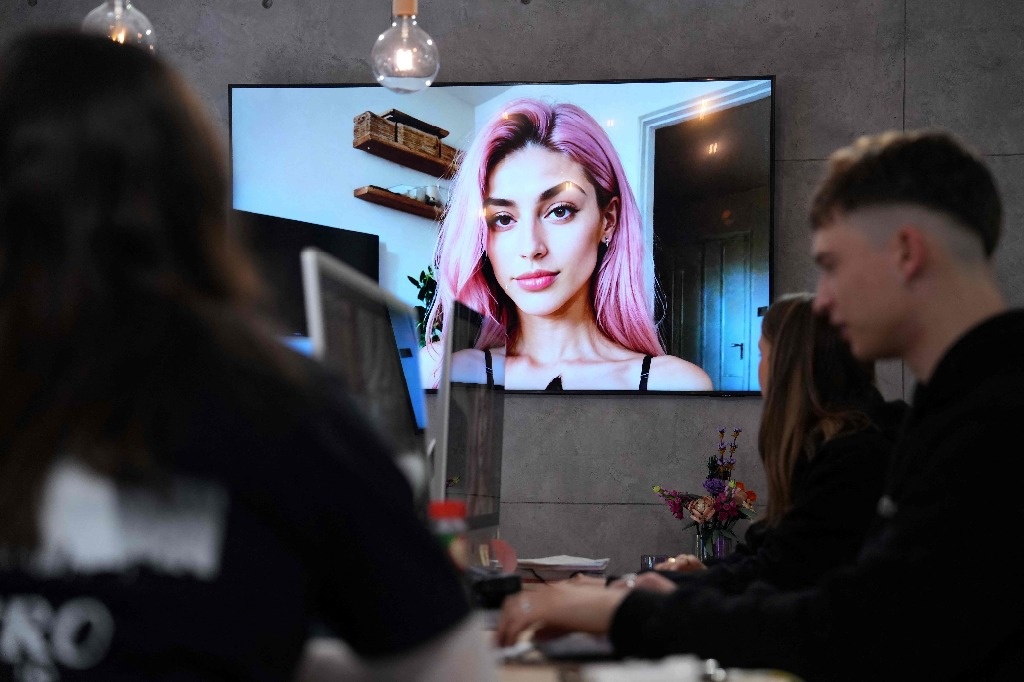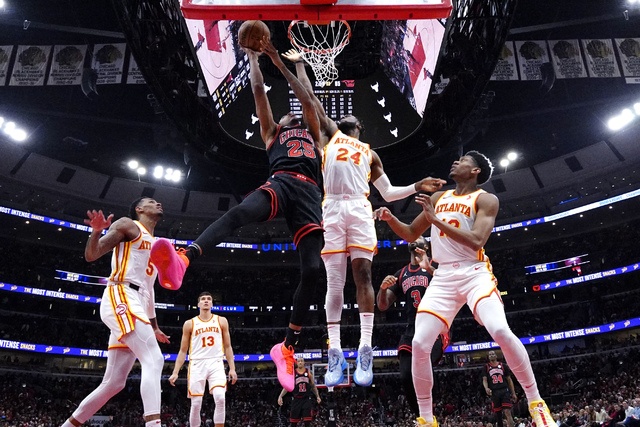Paris. The wave of artificial intelligence that floods the digital sector is changing the world of influencers who, wanting to take advantage of this technology, could end up being victims of their new virtual competitors.
With tight outfits and blonde hair, the influencer Aitana is described as “strong” and “determined” by the advertising agency The Clueless, based in Barcelona, which offers its services to promote various products.
Nothing that is out of the ordinary, except for one detail: what is on the screen is not a real person, but the very stereotyped product of the imagination of the people. geeks Spanish people.
Artificial intelligence (AI) is reaching all sectors, including public relations, which see undeniable economic advantages in it.
“We have taken into account the increasing cost of influencers humans,” stresses Sofía Novales, a director of The Clueless, from Barcelona.
The advantages? “Unparalleled creative control, which allows transparent decision-making in terms of image, fashion and aesthetics, without the need to carry out physical photo sessions,” he highlights. In addition, “virtual models, being digital, represent a more economical alternative.”
Younger audience
That a influencer being represented by an avatar is not something really new but in this case they acquire another dimension, appearing in advertisements as if they were real actors.
This is the case of Lil Miquela, with 2.6 million followers on Instagram. She was created by a Californian agency in 2016 and has accumulated numerous advertising collaborations, including an advertisement for the German car manufacturer BMW.
The goal was “to create something never seen before,” the company explained to the Afp by mail. “Attracting a younger, technology-loving generation is, for us, the icing on the cake.”
In France, Maud Lejeune, who runs the influence and marketing agency AD Crew, compares this system to that of “actors on TV: we know that this does not exist, and yet we follow them because we are interested, it is as if we saw a miniseries.”
Two years ago, she created her own virtual version, called Metagaya. “The current level of design didn’t exist yet. It’s something technical: you have to dress it, take photos for the background, tell a story,” she explains.
Videos deepfake
New technological advances, such as Sora video generative AI, launched by OpenAI, could drive this phenomenon.
He influencer French Charles Sterlings sees in this tool an opportunity to make translations. He uses various programs, such as the platforms HeyGen and Rask.ai, for lip syncing. Thus, the AI transforms his video so that he does not have to record himself speaking in English or Spanish.
Sterlings also uses Deepshot, a dialogue generation and replacement software, to make deepfakes, deceptive videos, from real frames. In a few minutes and for a few dollars, the user can make the person appearing in a video say something different than what they actually said.
Some tools that, despite facilitating the work of influencers, they might as well take it off. “Everyone can be influencer from your phone. In the long term, it will be artificial intelligence, available 24 hours a day, much cheaper” that will take over the activity, says Sterlings.
In full growth, this market could reach $200 billion by 2032, according to data from Allied Market Research.
Even so, The Clueless agency denies wanting to take away the position of the influencers of flesh and blood.
“We do not believe that real models are going to become obsolete or that they will be replaced by models generated by AI like Aitana. From our point of view, they can coexist, like any other competition in the industry,” says Sofía Novales.
“We often compare it to the transition from going to copy shops to having printers at home: new technology did not eliminate copy shops, it just added another option,” he adds.
Given the multiplication of deepfakes and other malicious uses of AI, companies are being created to verify images and voices. In this sense, the giant Meta announced this Friday that it will identify sounds, images and videos generated by AI on social networks, starting in May.
#Virtual #influencers #real #real #asset
– 2024-04-20 22:07:54


